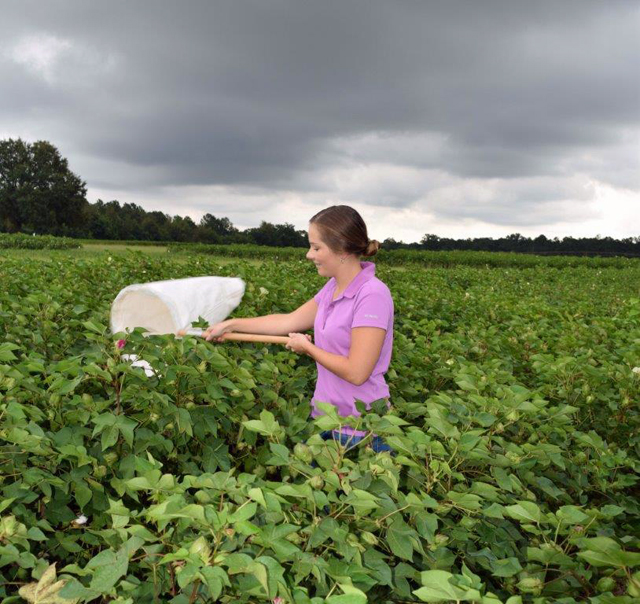
by Joe Funderburk | Sep 8, 2017
Joe Funderburk, Professor of Entomology, NFREC Quincy A UF/IFAS EDIS fact sheet is now available entitled “Insect and Mite Integrated Pest Management in Florida Cotton” by Joe Funderburk, Nicole Casuso, Norman Leppla, and Michael Donahue. The guide...
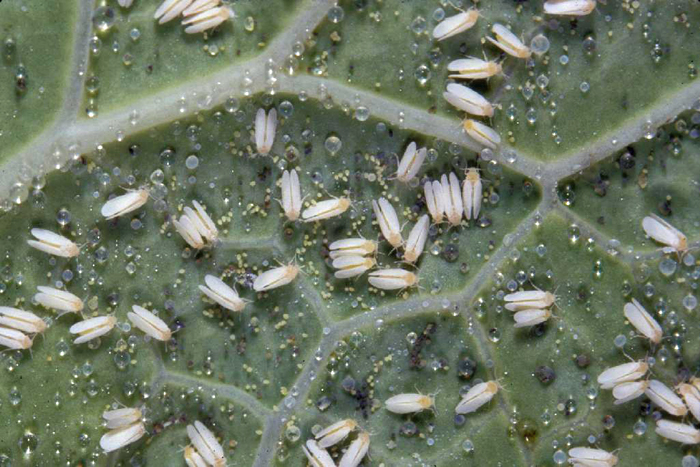
by Ethan Carter | Aug 25, 2017
Sliverleaf whiteflies (SLWF), also known as sweet potato whiteflies, are a major pest in many cropping systems. The SLWF has a broad feeding range of over 600 host plants, which includes ornamental, vegetable, and field crops. This season, large populations of...

by Ethan Carter | Aug 11, 2017
Silvana Paula-Moraes began working in the fall of 2016 at the UF/IFAS West Florida Research and Education Center (WFREC) based in Jay, Florida. Originally from Brazil, Dr. Moraes completed her PhD in Nebraska. Her research has been dedicated to address several...
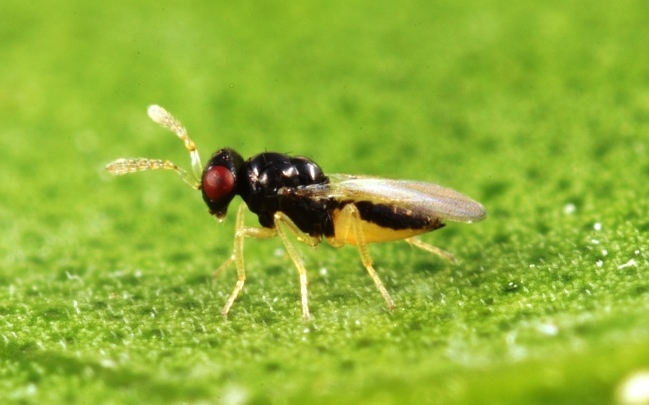
by Xavier Martini | Jul 14, 2017
The Asian citrus psyllid (Fig 1), the carrier of the causative agent of citrus greening or Huanglongbing (HLB), is certainly the most devastating pest in citrus worldwide. Since it was first spotted in Florida in 1998, the Asian citrus psyllid has spread across the...
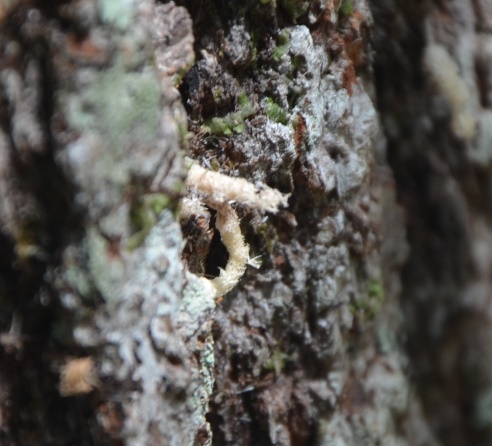
by Les Harrison | Jul 14, 2017
Ambrosia beetles are known for attacking various woody plants, causing some limb and stem dieback and sometimes plant death. There are at least 30 species of ambrosia beetles in Florida, several of which are non-native. Typically ambrosia beetles have a symbiotic...
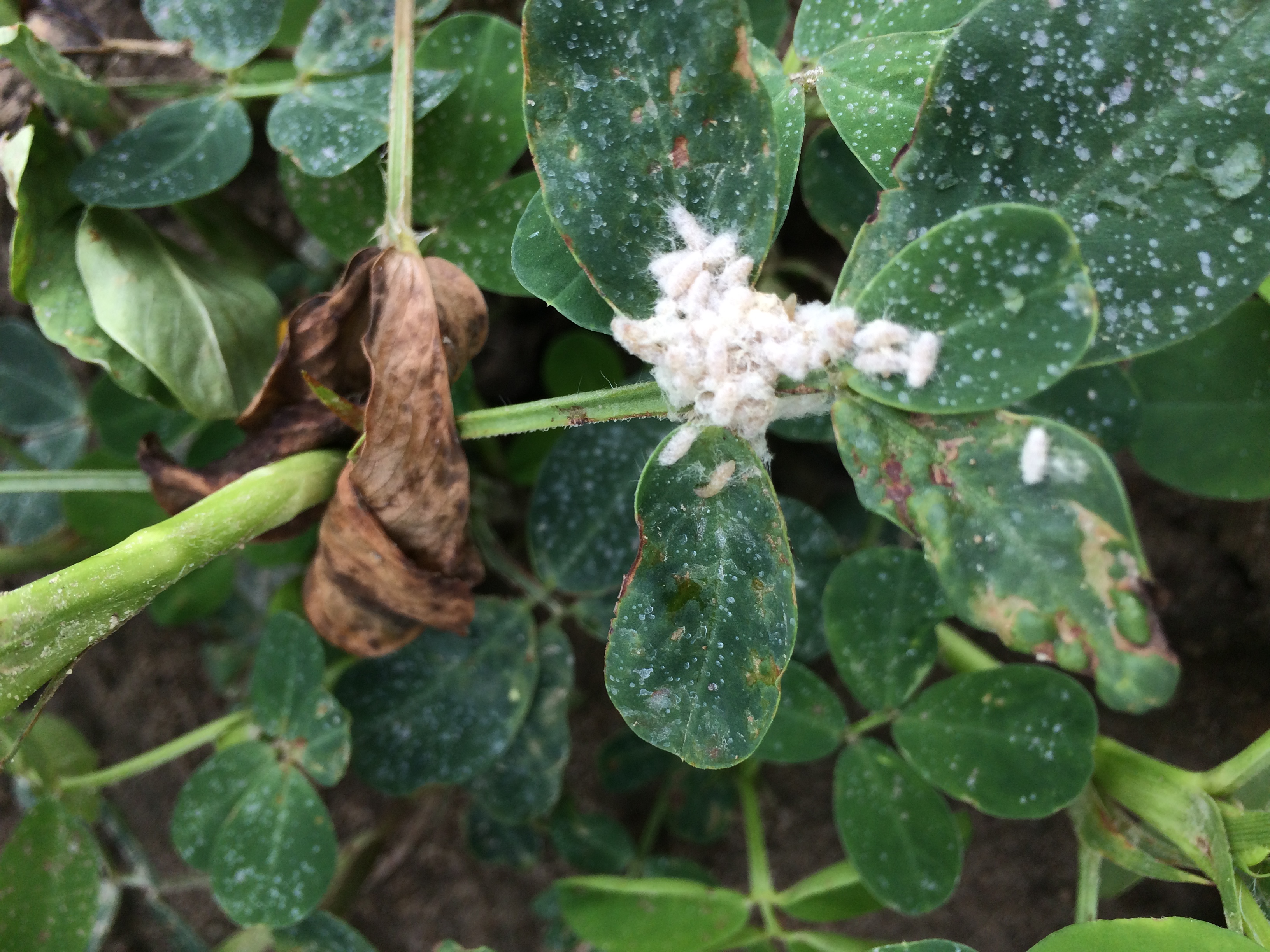
by Kalyn Waters | Jul 7, 2017
Insect management tends to focus on pests that cause damage and reduce yields, but one aspect of integrated pest management (IPM) includes the knowledge of beneficial insects that naturally control those pests. In peanuts, there are several different beneficial...







